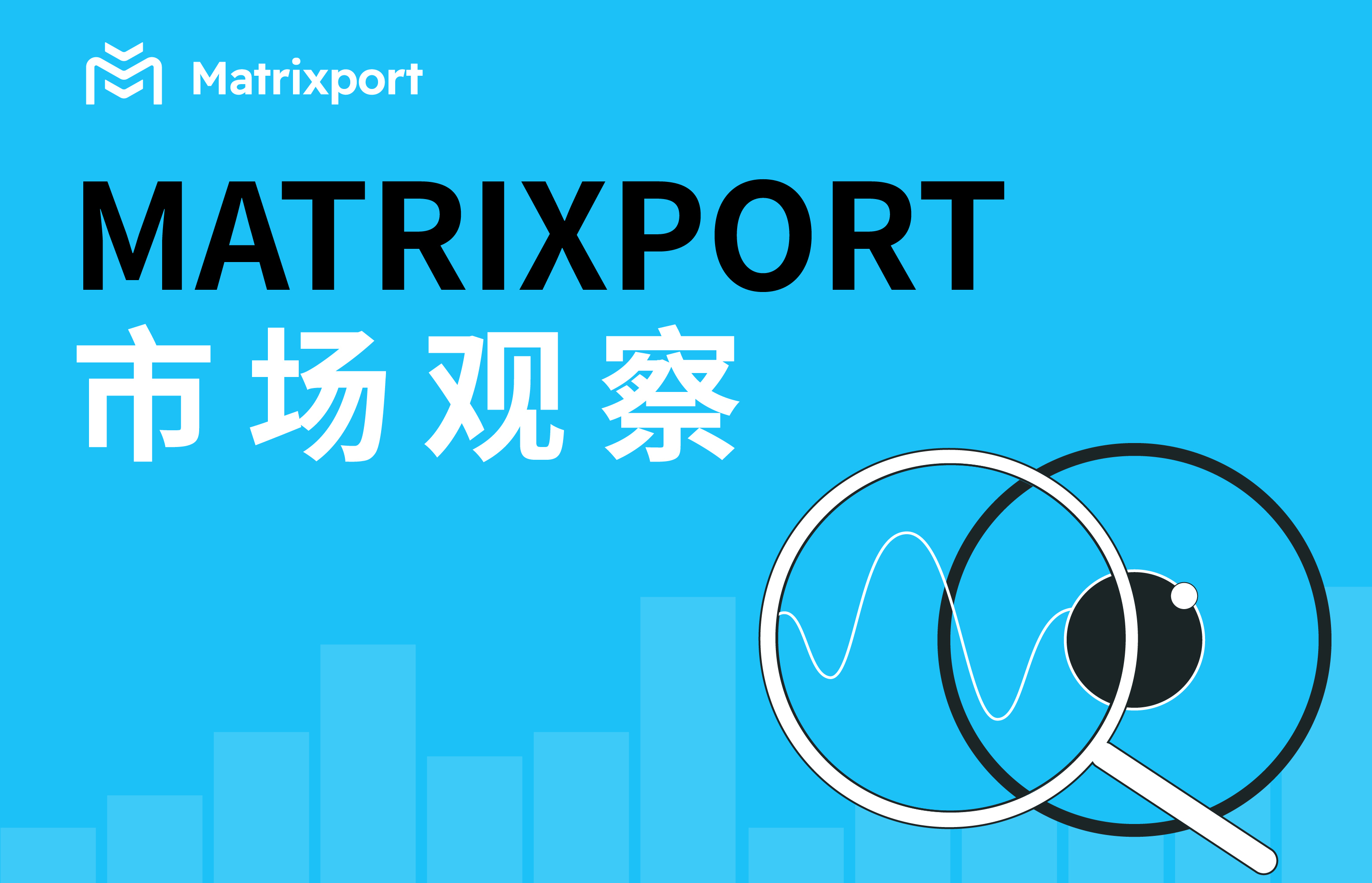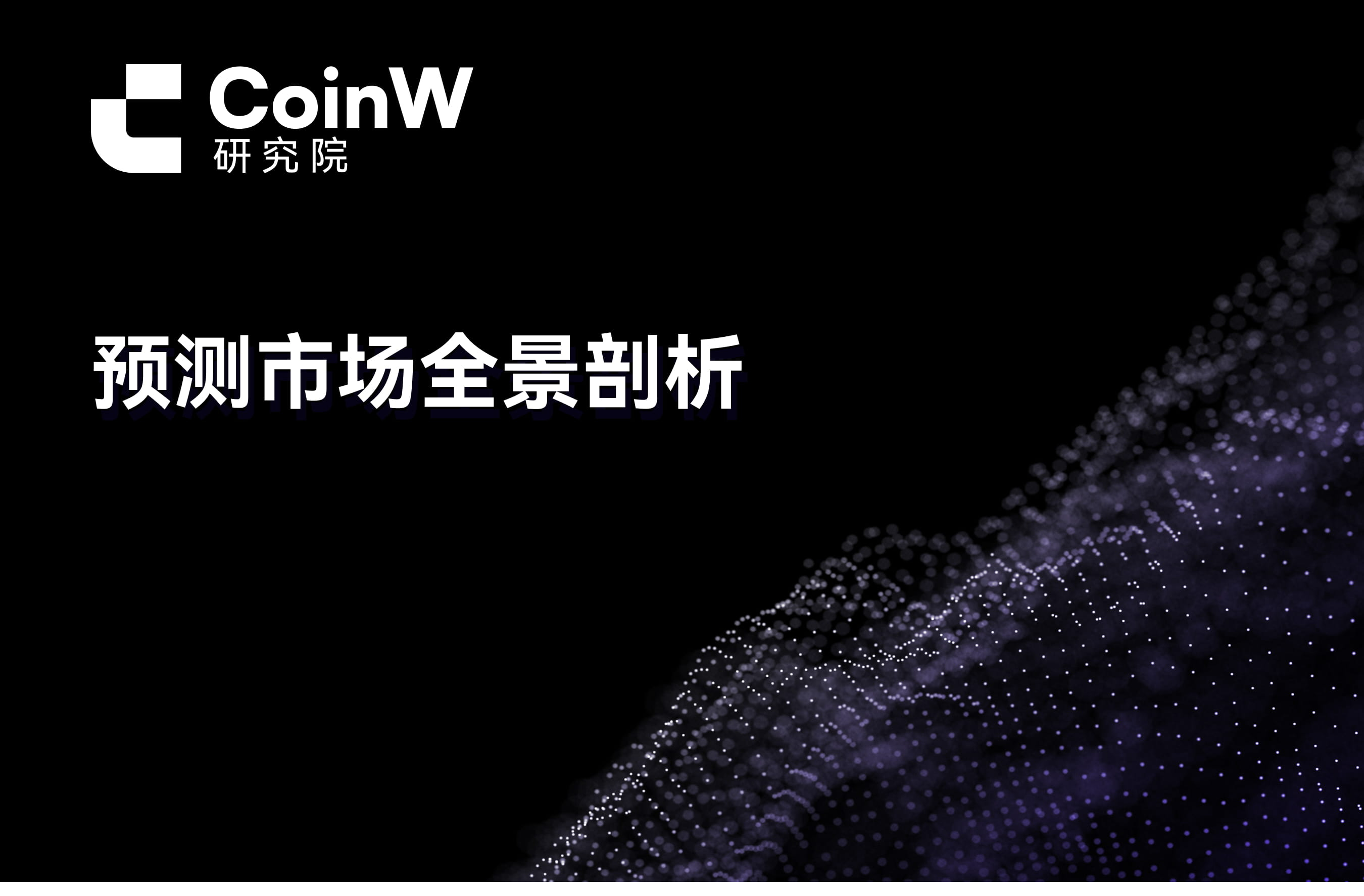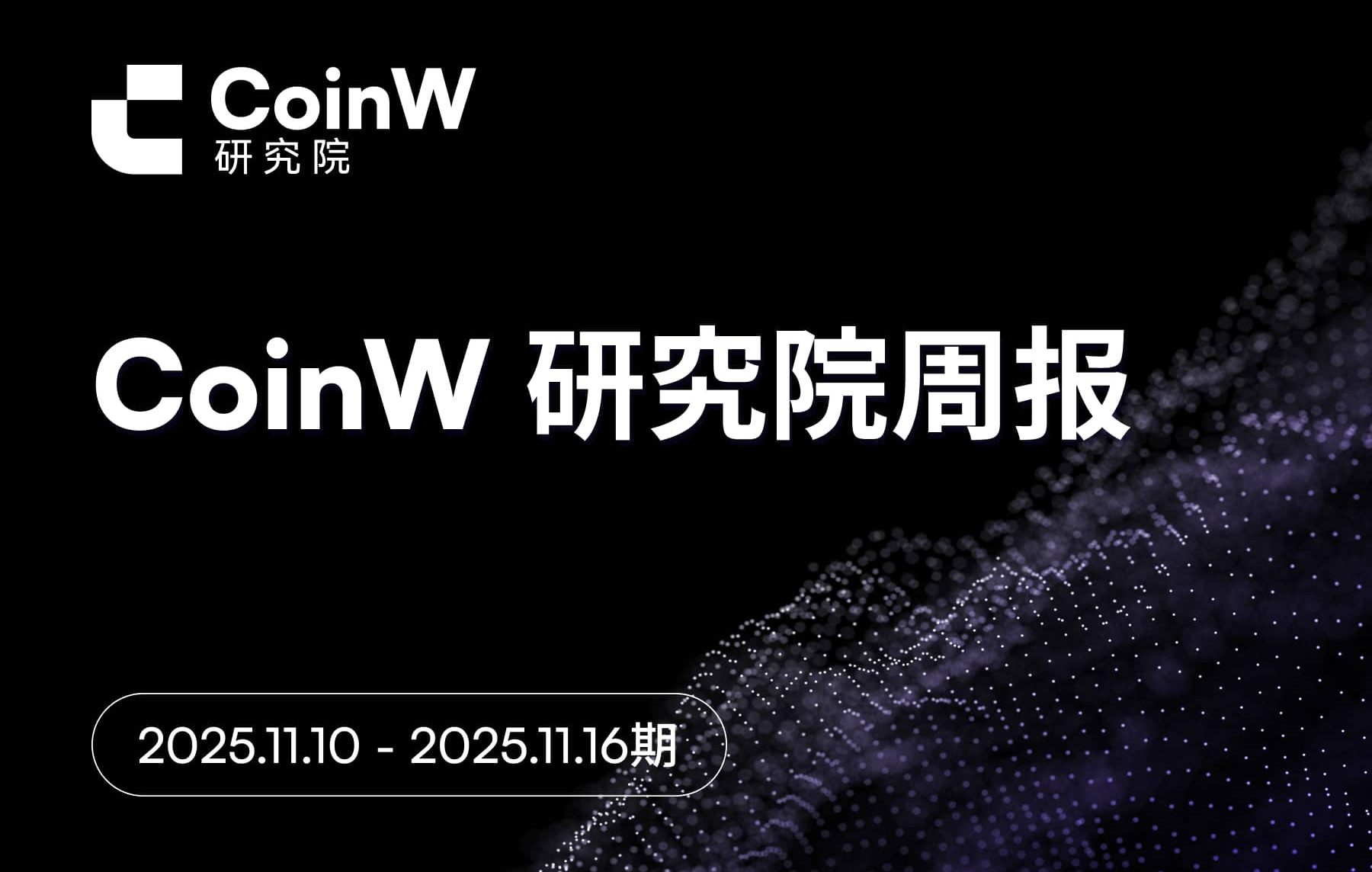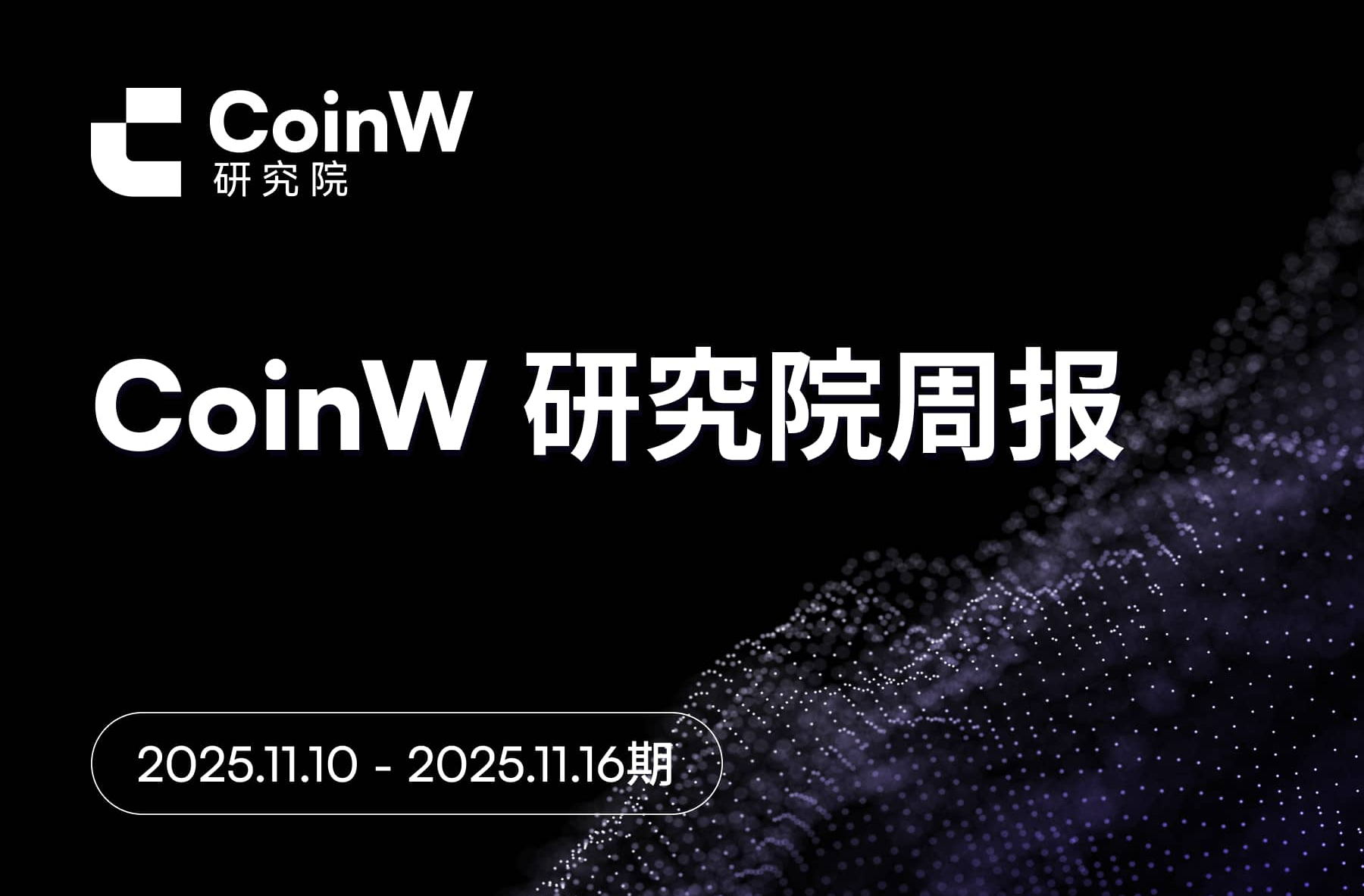Entering October 2025, the crypto market has welcomed a long-awaited strong rebound. BTC has climbed to around $126,200, and ETH has surpassed $4,957, both recording significant gains. The key factors supporting this rebound are the improvement in macro liquidity and the clearing of industry risks: the Federal Reserve cut interest rates by 25 basis points to the 4.00–4.25% range since mid-September and is expected to lower rates by another 50–75 basis points within the year. The weakening dollar and declining real interest rates have significantly enhanced the attractiveness of risk assets. At the same time, the previous deleveraging has been completed, and the pressure on long positions to liquidate has been released, laying the foundation for the rebound. On-chain data shows that capital inflows and trading activity have risen in tandem, providing fundamental support for the market recovery.
Rising Risk Aversion, Gold Hits New Highs
International gold prices have surpassed $4,000 per ounce (data source: Bloomberg, World Gold Council), reaching a historic high. The weakening dollar, rising geopolitical risks, and central banks' continued accumulation of gold have jointly driven the strong performance of gold prices. Data shows that 43% of central banks plan to further increase their gold holdings, while the proportion of dollar reserves continues to decline. In contrast, although Bitcoin is regarded as "digital gold," its short-term safe-haven properties remain unstable. Historical data indicates that Bitcoin has a high correlation with the stock market during risk events, but in the long run, it has the logic of hedging against fiat currency depreciation and inflation risks. Gold and Bitcoin can form a complementary relationship: the former provides stable defense, while the latter offers growth flexibility. Investors can layer their allocations based on risk preferences.
Healthy On-Chain Funds: Abundant Stablecoins, Solid Long-Term Holdings
On-chain data shows that the total market value of stablecoins has surpassed $310 billion (data source: CoinMarketCap), with USDT supply rebounding to over $178.2 billion (data source: Tether), indicating ample off-exchange capital "ammunition." Whale funds have shown structural differentiation: some short-term large holders have realized profits at high levels, but the selling pressure from long-term holders has eased, forming an alternating pattern of "old funds exiting, institutions entering." BTC exchange balances have decreased to about 2.1 million coins, with supply continuing to tighten. Meanwhile, on-chain activity has also increased—daily active BTC addresses exceed 730,000, and ETH active addresses are close to 500,000, indicating that market sentiment is recovering.
Options Market Signals: Low Volatility and Cautious Optimism Coexist
The derivatives market is sending signals of "low volatility and cautiousness." The 30-day implied volatility of BTC and ETH is at a two-year low, indicating limited expectations for short-term fluctuations. The options skew has turned negative, reflecting that investors are increasing downside hedges. The Put/Call ratio has risen to 0.72, partly due to selling cash-secured put strategies—earning premiums in a stable range while positioning for low-level buys. This suggests that the overall market expects consolidation but maintains a bullish outlook.
Sector Rotation Accelerates: RWA and Platform Tokens Lead, MEME Popularity Resurges
The rise of mainstream cryptocurrencies has driven capital to spread into other sectors. BNB has reached a new high of $1,190, supported by active trading and ecosystem expansion; the RWA (Real World Assets on-chain) sector's market value has surged 260% year-to-date, becoming a focal point for institutions. BlackRock's on-chain treasury bond fund BUIDL has skyrocketed to $2.9 billion, reflecting the accelerated integration of traditional finance and DeFi. The current market is in the mid-stage of a "structural bull market": leading assets are steadily rising, thematic sectors are rapidly rotating, and investors should focus on fundamentals and capital flows rather than short-term sentiment.
Strategic Recommendations: Structured Products to Support "Both Offense and Defense"
In a phase of oscillating upward movement, Matrixport recommends using structured tools to enhance yield and risk efficiency. Accumulator: buy at a discount, suitable for long-term bullish investors; Decumulator: sell at a premium, suitable for realizing profits at high levels; FCN fixed income notes: earn stable coupons in a range-bound market; daily dual-currency products: flexible arbitrage to achieve short-term high returns.
A multi-strategy combination can achieve a configuration logic of "offensive when advancing, defensive when retreating": even in a volatile market, there are interest earnings, and once a breakout occurs, profits can be captured.
Matrixport will continue to monitor changes in the macro environment and market structure, helping investors navigate steadily in the new cycle of digital assets.
The above content is from Daniel Yu, Head of Asset Management, and represents the author's personal views.
Disclaimer: The market carries risks, and investment should be approached with caution. This article does not constitute investment advice. Trading in digital assets may involve significant risks and volatility. Investment decisions should be made after careful consideration of personal circumstances and consultation with financial professionals. Matrixport is not responsible for any investment decisions made based on the information provided in this content.
免责声明:本文章仅代表作者个人观点,不代表本平台的立场和观点。本文章仅供信息分享,不构成对任何人的任何投资建议。用户与作者之间的任何争议,与本平台无关。如网页中刊载的文章或图片涉及侵权,请提供相关的权利证明和身份证明发送邮件到support@aicoin.com,本平台相关工作人员将会进行核查。




